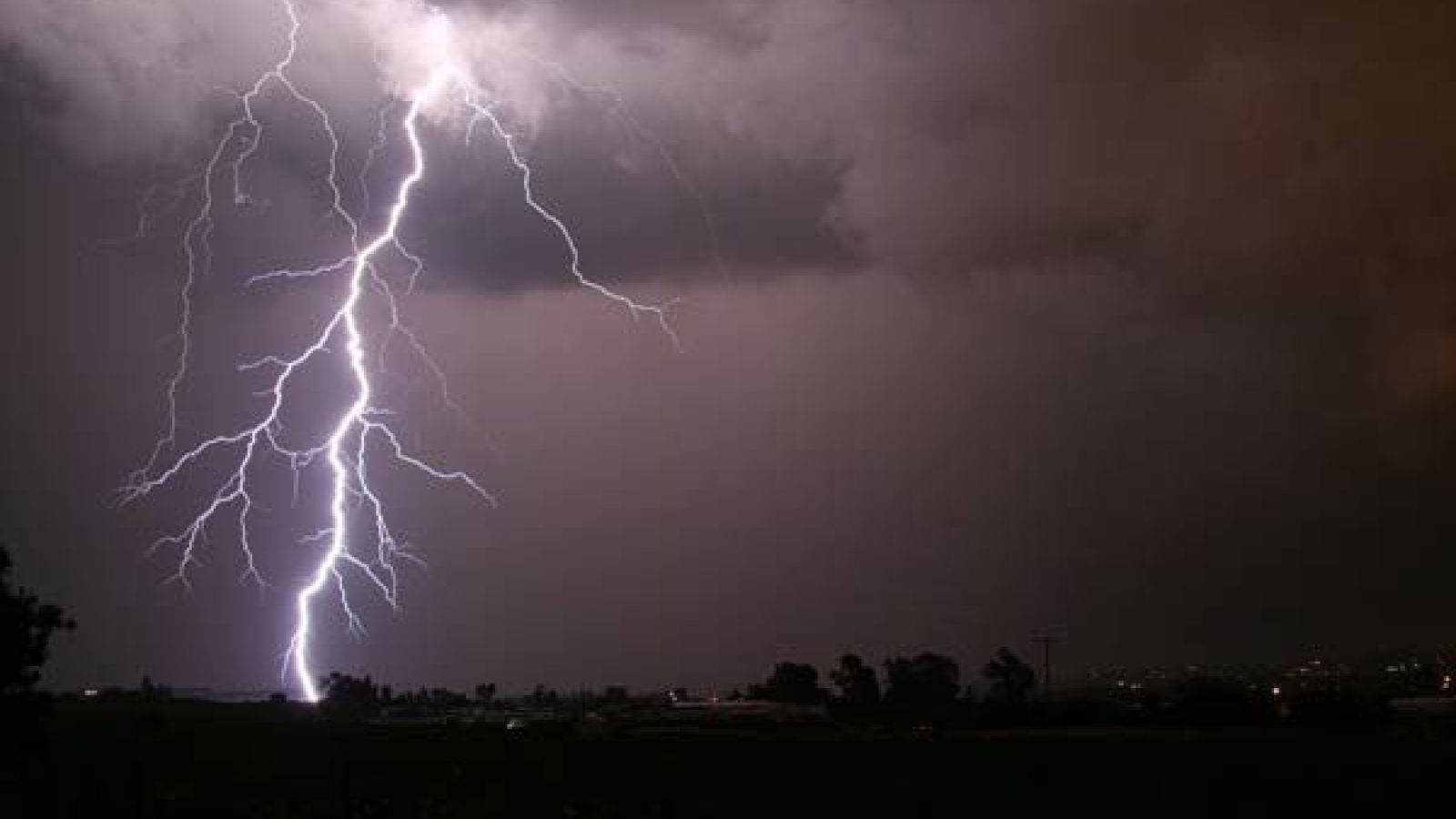
A famous inventor Nikola Tesla said, If you want to find the secrets of the universe, think in terms of energy, frequency, and vibration.
In this unit, students investigate the characteristics and properties of waves - sound, light, and seismic - in order to figure out how they are produced, how they transfer energy as they move through matter, and how they act when they reach a boundary between types of matter.
Students also measure and compare the speed of sound and light waves in order to understand the thunderstorm phenomenon, and explore applications of waves at Sanford Underground Research Facility.
Sound and Light
MS-PS4-1 Use mathematical representations to describe a simple model for waves that includes how the amplitude of a wave is related to the energy in a wave.
MS-PS4-2 Develop and use a model to describe how waves are reflected, absorbed or transmitted through various materials.
MS-PS4-3 Integrate qualitative scientific and technical information to support the claim that digitized signals are a more reliable way to encode and transmit information than analog signals.